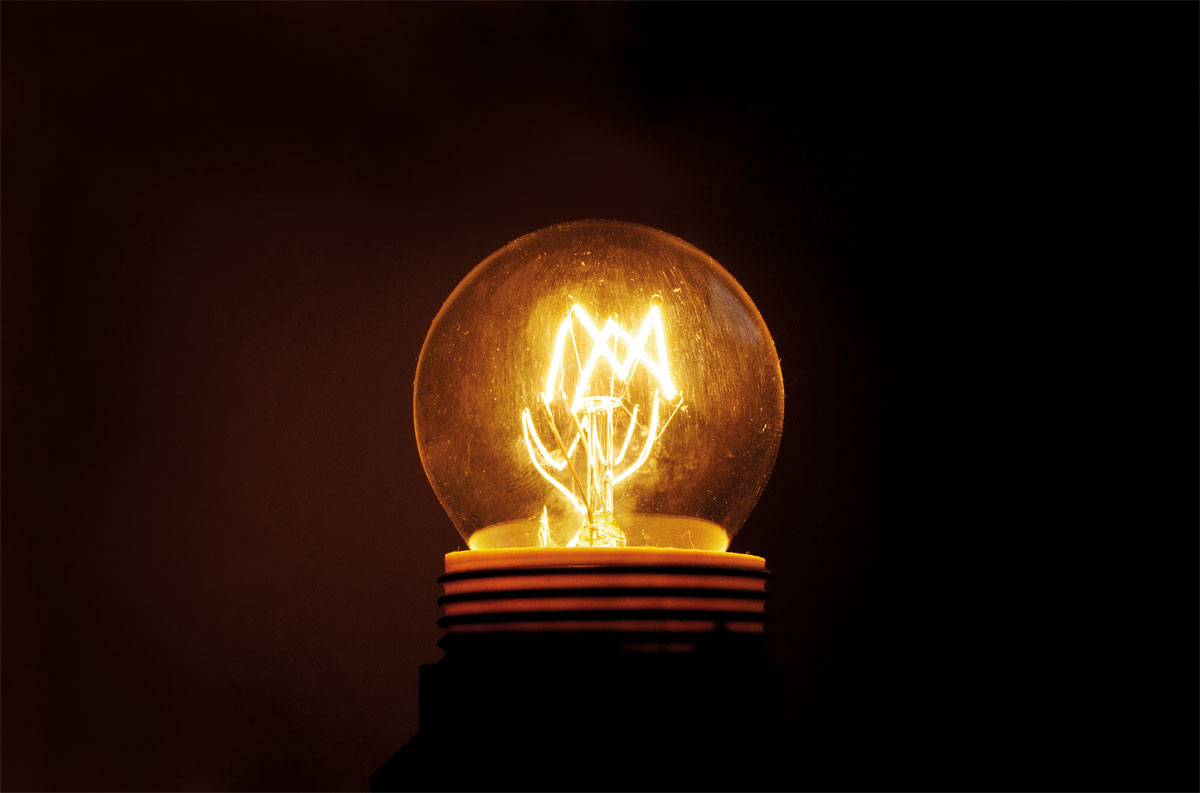The UN has named 2015 the “International Year of Light”. Lund University presented this event and other achievements in the light sector with a conference on ‘Indoor Lighting for Health and Well-being’ on Thursday afternoon.
The speakers’ presentations focused on lighting solutions for the future, where companies and communities need to find cost-effective answers to illumination problems in the domestic and public sector.
Nils Erkamp, business line manager at TNO (Netherlands Organization for Applied Scientific Research), warned that “industry has created energy saving solutions that customers are unhappy with.” Somehow energy saving has become tantamount with annoying technical innovations and EU-prescribed lightbulbs.
But as Joseph Niemela, UNESCO secretary for the International Year of Light, stressed, “lighting is something every single person needs,” and finding ways to make it smarter and more affordable to a larger number of people world-wide is a task that has just begun; it will certainly take decades to optimize the systems we have now.
Once we make progress, however, “light technologies” will lead to an “improved quality of life in the developed and developing world.” His organization works together with thousands of students around the world as well as with industrial partners to help engage policy makers in these important discussions, to promote scientific education among young people and, above all, help reduce light pollution and energy waste on a global level.
Need for smart lighting
Finding a solution to having “the right light, in the right place, at the right time”, as Tord Wingren, co-founder and chairman of Malmö-based BrainLit put it, was a fact that all presenters agreed on. Tord Wingren also emphasized the need for smart lighting in people’s homes. Connecting different devices in a cost-effective and secure manner, while being user-friendly, will eventually lead to a happier and healthier life style for the consumer.
Sweden has always had a tradition of investing in ventures that wanted to promote “better living and working conditions”, as Reine Karlsson, professor of EcoDesign at Lund University, pointed out. With LED technology, which is the “digitization of light”, according to Nils Erkamp, we can make a real impact in education, healthcare, in the work space and revolutionize entire cities.
By varying brightness and the blue content of artificial light, people can improve their vitality, cognitive performance, mood and their level of alertness. As Erkamp underscored, “if people feel better, they are more productive”, which creates value for society and ultimately profit for the light industry, creating more green jobs.
Generic attitude
Along similar lines, Kai Piippo, head designer at ÅF Lighting and winner of the Swedish Lighting price in 2012, encourages designers to integrate and incorporate light into architecture. He criticizes the corporate world, which has a very generic attitude towards lighting in the work place.
With the right and smart light installations, offices can save up to 90% of energy costs and simultaneously create a healthier work environment for their employees. But to make this change, someone has to “own the lighting”, in Piippo’s words, which is where light designers and their ideas for the architectural process come into play.






